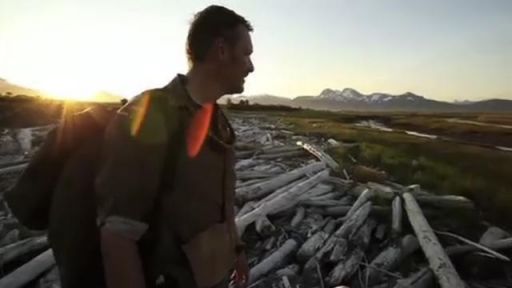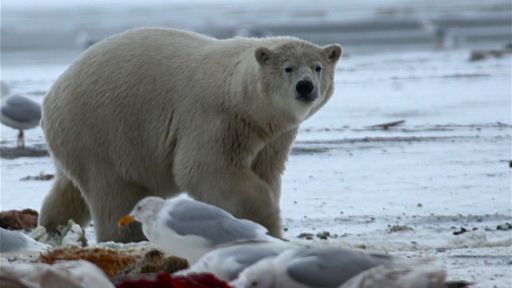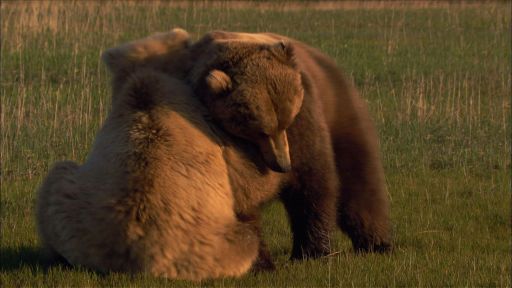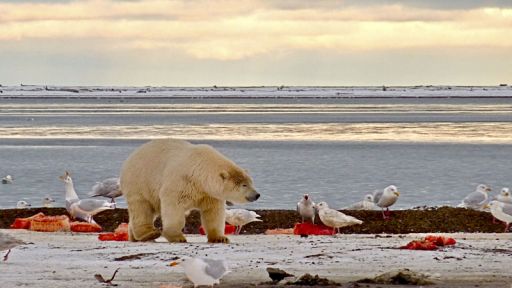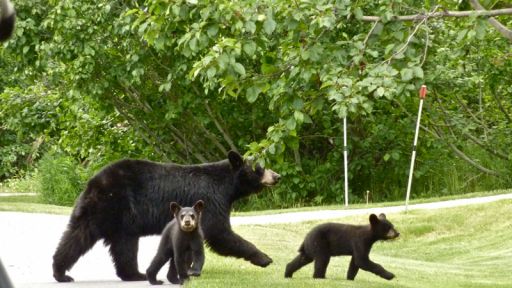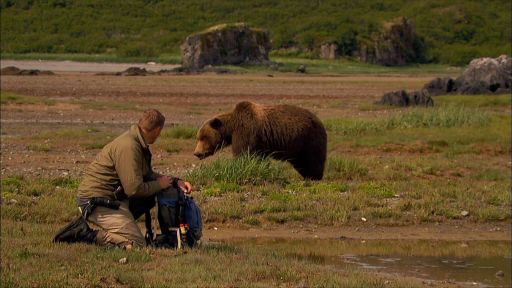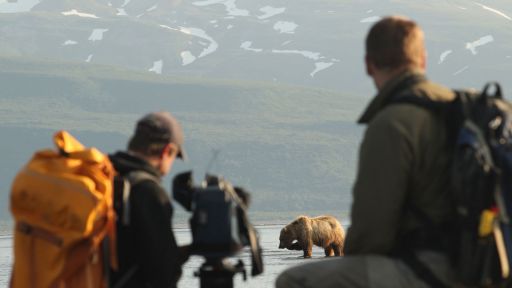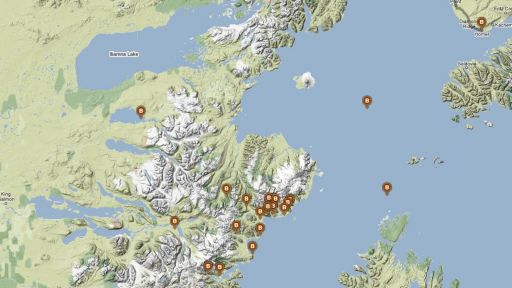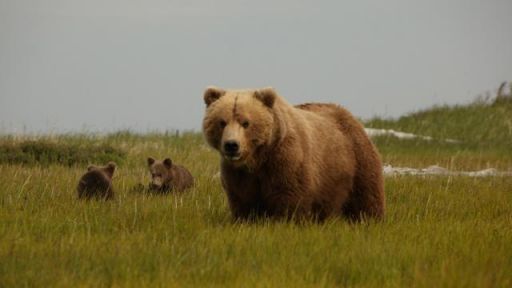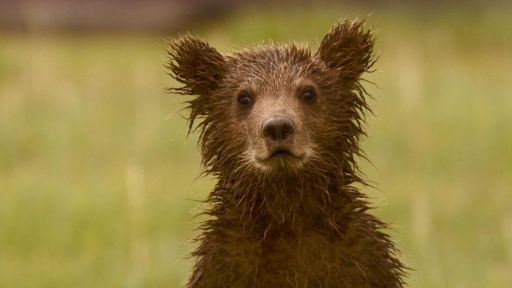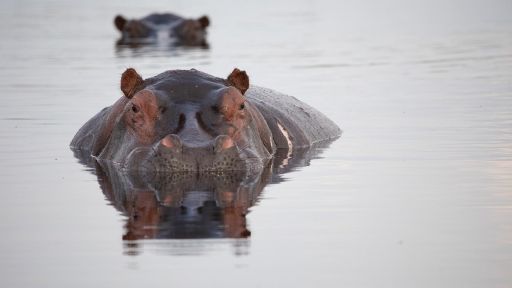A brown bear mother and her cubs come within feet of ecologist and bear biologist Chris Morgan. Watch video from Bears of the Last Frontier: City of Bears.
Chris: “This female and cubs grazed right by us one day as we sat 80 yards away from her in a meadow. In bear habitat, bears call the shots. She did the approaching, not us, and often in this area, the best course of action is to remain very calm and still to let the bears pass without causing her any anxiety. I’ve spent my career teaching about bear conservation and how to be safe in bear country, and I’ve spent thousands of hours among Alaska’s coastal bears over the last decade, so I want to share a note regarding the very special coastal brown bears of the Alaska Peninsula and the context of their behavior. The coastal brown bears (Ursus arctos) that we filmed in SW Alaska have access to healthy runs of salmon which means that these normally solitary animals have become quite tolerant of each other over a rich food resource. In certain situations, they seem to extend that tolerance to humans, and will frequently come quite close to people during their everyday feeding activities. Some of these bears in this area have seen people before, and have not had a reason to treat humans as anything other than a pretty neutral species. They don’t associate people with food, and that is critically important. Some of the bears are human-habituated – like this female – she’s well used to being on the same meadow as humans and she knows we pose no threat, or have any food to offer!
These bears are socially very different to grizzly/brown bears (Ursus arctos) in the interior (e.g. Denali, or in the Lower 48 Yellowstone, Glacier etc), where a much larger buffer space is advised. Generally speaking, close-up interactions with bears should be avoided at all cost (Wildlife + Distance = Safety). Situations can vary immensely and a knowledge of bear behavior is essential when determining the best course of action.
These bears are calmly walking by with incredible tolerance as they graze. Our calm response to their approach means safety for bears and people. For more information on bear safety, please go to our Grizzly Bear Outreach Project (GBOP):

